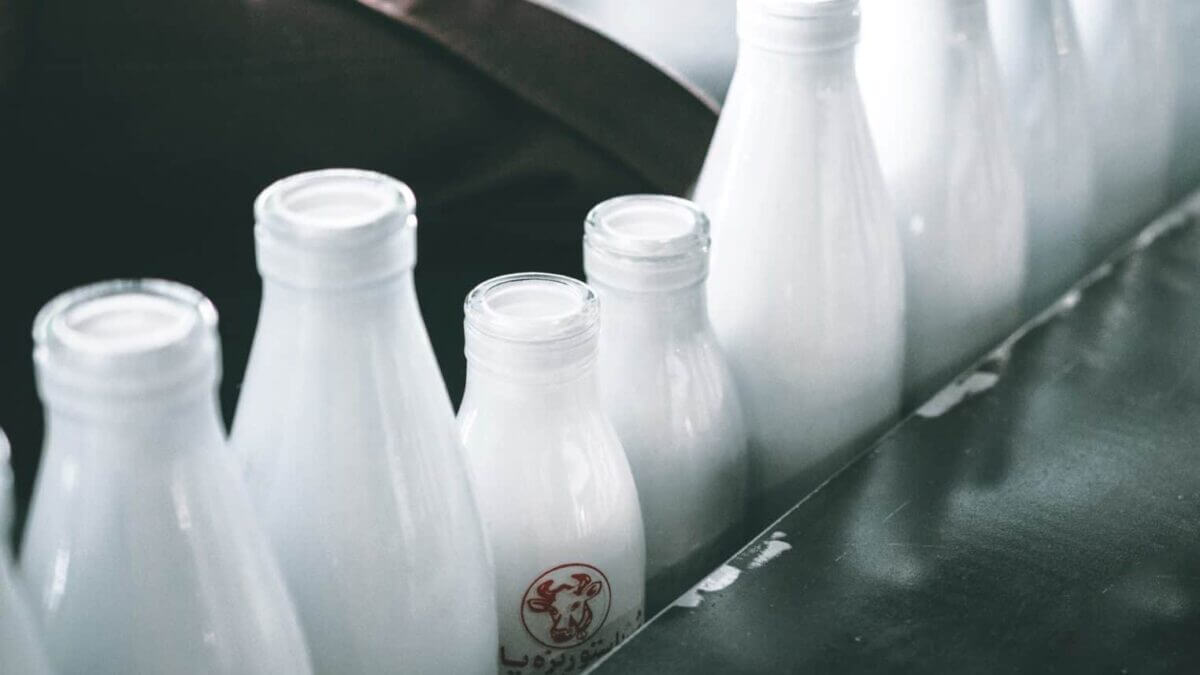Back in the 1800s, milk was being mass-produced to meet consumer demands. However, with this great production came a lot of milk-borne diseases linked to consuming raw milk. This prompted scientists and wives across Europe to find ways to make the milk they feed their families safe for consumption.
Enter a French scientist Louis Pasteur who wanted to keep wine and beer from going bad fast. His discovery of a technique called pasteurization, a method of killing harmful bacteria and extending the shelf life of commonly consumed beverages, changed the way we “cooked” milk forever.
Pasteurization is the process of heating food, often milk, to a high temperature and then quickly cooling it before it is packaged so that it will be kept fresh for longer. It also does not involve the use of any additives, while still deactivating the enzymes responsible for early milk spoilage. The process is widely used within the food and drink industry and is the most common form of heat treatment for milk in many countries.
Pasteurization involves heating milk using a method called ‘High-Temperature Short Time’ (HTST) process. The milk is heated to 71.7°C for at least 15 seconds (but no more than 25 seconds). After it’s been speedily heated, it is then cooled very quickly to less than 3°C.
After cooling, the milk is hygienically packaged into plastic containers, laminated paper board cartons (tetra paks), glass bottles or polyethylene pouches.
Pasteurized milk must be stored under refrigeration and has a relatively short shelf life. The milk in plastic containers and chilled at 4°C will have a shelf life of around 14 days. Just because pasteurized milk has a longer shelf life, it DOES NOT mean that it is safe to leave milk out of the refrigerator for an extended time, particularly after it has been opened.
The main reason pasteurization is done is to kill the harmful microorganisms that can pose serious health risks to you and your family.
Raw milk comes from cows, sheep, goats or any other animal, and has not been pasteurized. Raw milk can be dangerous as it can carry dangerous bacteria such as Salmonella, E. coli, and Listeria, leading to food poisoning. The bacteria in raw milk can be especially dangerous to children, elderly, pregnant women and people with weakened immune systems (such as transplant patients and those with HIV/AIDS, cancer, and diabetes).
The whole purpose of pasteurization is to protect consumers from the bacteria in milk but there are plenty of naysayers who believe that raw milk is better for humans. This isn’t true if the countless studies on food safety are to be believed.
While it is true that heating above 60°C can cause some proteins to break down, research has shown that heat-denatured milk proteins may even be more easily digested.
Visit MIFB 2020 to know more about pasteurization and milk process. Pre-register now to get your express pass and show directory.



